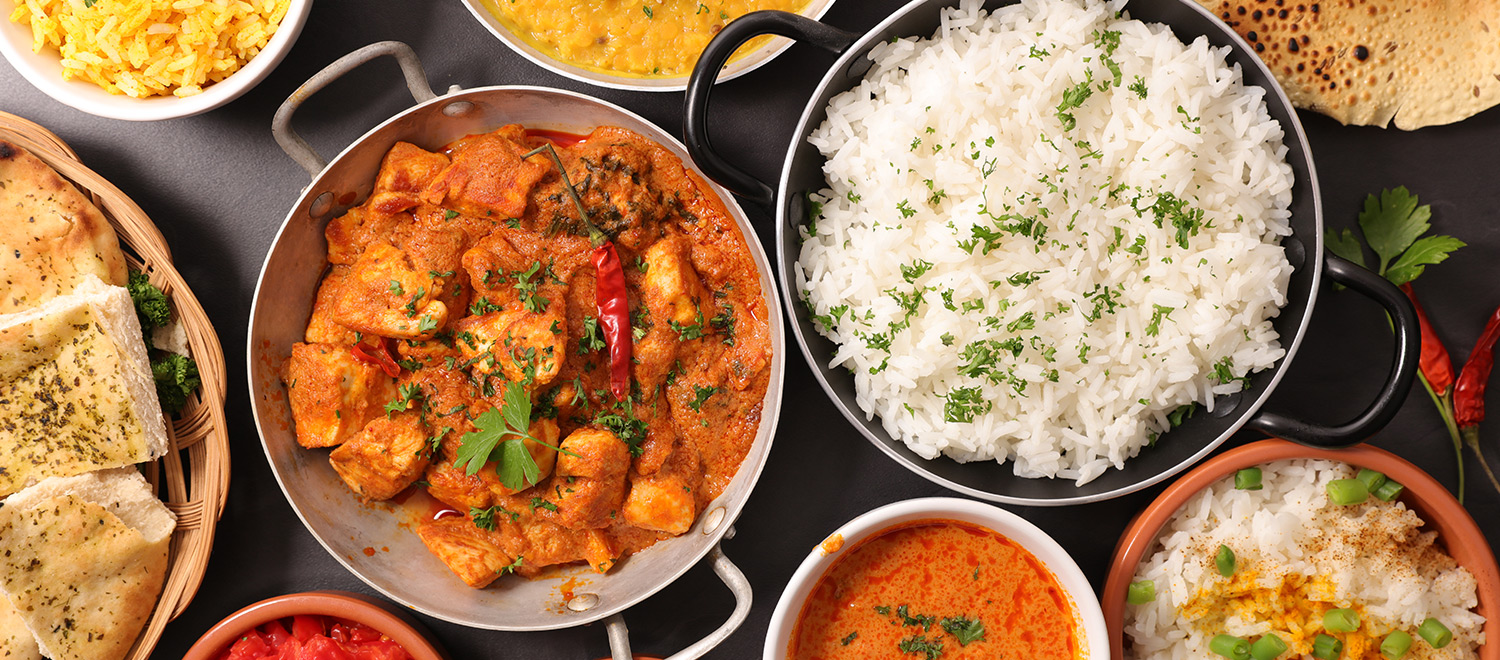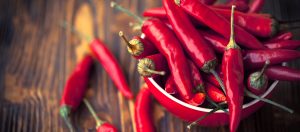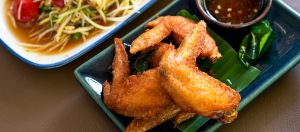Are you obsessed with curry? Did you introduce curry as an exotic Indian dish to your friends?
Prepare yourself for some jar-dropping facts from today’s “racist” topic. Let’s talk about the fascinating history of curry and how little it had to do with Indian cuisine.
Curry is not a uniquely Indian dish. From Japan to Malaysia, almost every Asian country has their own curry. It is also common outside of Asia, like South Africa, Russia, and Fiji. In fact, if you trace the origin of the word “curry”, it was never in the Indian vocabulary. Neither were the Indians who introduced and popularized it to the rest of the world.
The expression “curry” was first invented by the Portuguese. They traveled to India by sea in search for cardamom, cloves, and black pepper, each among the world’s most valuable commodities at the time. Lacking a word to describe the spicy, coconut-thickened stews they found there, they went ahead and made one up: carel, taken from the Tamil word kari. “Kari” was then adopted by the British and changed into “curry” when they came to dominate India.
As a colonial superpower, the British introduced curry to everywhere they went, along with opium. Proving every bit as addictive as opium, curry spread fast. In the kitchens of Hong Kong, where the word curry became “gah-lay” in Cantonese, cooks added curry powder to a stir-fried vermicelli dish and named it after Singapore. Thailand had its own indigenous curry dishes, called kaeng. But British curry powder gave them what the West now knows as yellow curry, rendered in Thai as kaeng kari (literally “curry curry”), and flavored with Indian ingredients like turmeric, cumin, and coriander.
In late 1800s, the British brought curry to Japan during the Meiji era after 200 years of seized trade with the west. Curry quickly gained popularity, ironically known as an exotic “western dish.” When the Japanese government looked to expand its military power, they quickly realized curry was the perfect food regimen to bulk soldiers up with high volume of protein, sugar and carbs. After sweetening its taste with apple, Japanese curry was particularly good at covering up bland and tough meats. Kare raisu then became a staple of navy and army canteens and played its own small role in transforming Japan into a global military power leading up to the WWII.
Back to India in current days, curry is not so much a flavor, or an ingredient, or a generic term for spice mixes (that’s masala, if you want to be culturally precise.) Indians usually only use the word “curry” when they are speaking English, and then only when referring to something with a sauce or gravy, rather than a spice. The closest thing to the store bought “curry powder” that is commonly used in the Indian kitchen is garam masala. This spice mixture is not about the spicy heat from chili, but more about the warmth and complexity created by blending spices. There is no set recipe for a garam masala because it varies greatly depending on region and personal preference.
So, next time when you go to an Indian restaurant, try something more authentic that’s not a “curry”.







